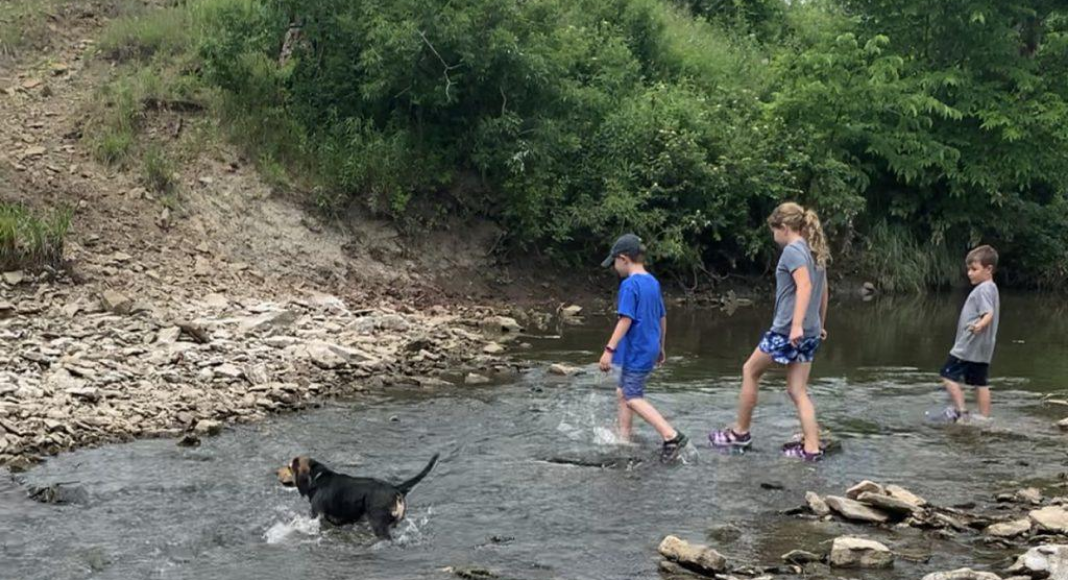 When people think about the Great Outdoors in Kansas, their minds automatically go to flat lands, wheat, and cows. And that’s fair! We do have a lot of those things.
When people think about the Great Outdoors in Kansas, their minds automatically go to flat lands, wheat, and cows. And that’s fair! We do have a lot of those things.
What we don’t often think of is the marine history of our great state. If you think waaaaaay back to maybe 5th grade or so, a memory of the Permian Sea might spark a memory?? Maybe not? 😉
Kansas used to be covered in a shallow body of water called the Permian Sea. When you look around, there doesn’t appear to be many signs of our past, but if you look close…closer…closer still, you might see the remains of our “wet” history in the built environment around you.
Where to Find Fossils in Kansas
The Kansas Flint Hills, always a favorite topic of mine, is the perfect example of that history. Known for its rocky soil, the Flint Hills are filled with limestone buildings (think of the Kansas State University campus!), our ancestors used what was available to them for building. Limestone was created by the by calcium carbonate from all of the living organisms that lived in the seas millions of years ago. As they died, their skeletons and shells collected at the bottom of the ocean and over millions of years they turned into limestone we have today. In fact, according to the National Park Service, each inch of limestone accounts for 200 years of deposition.
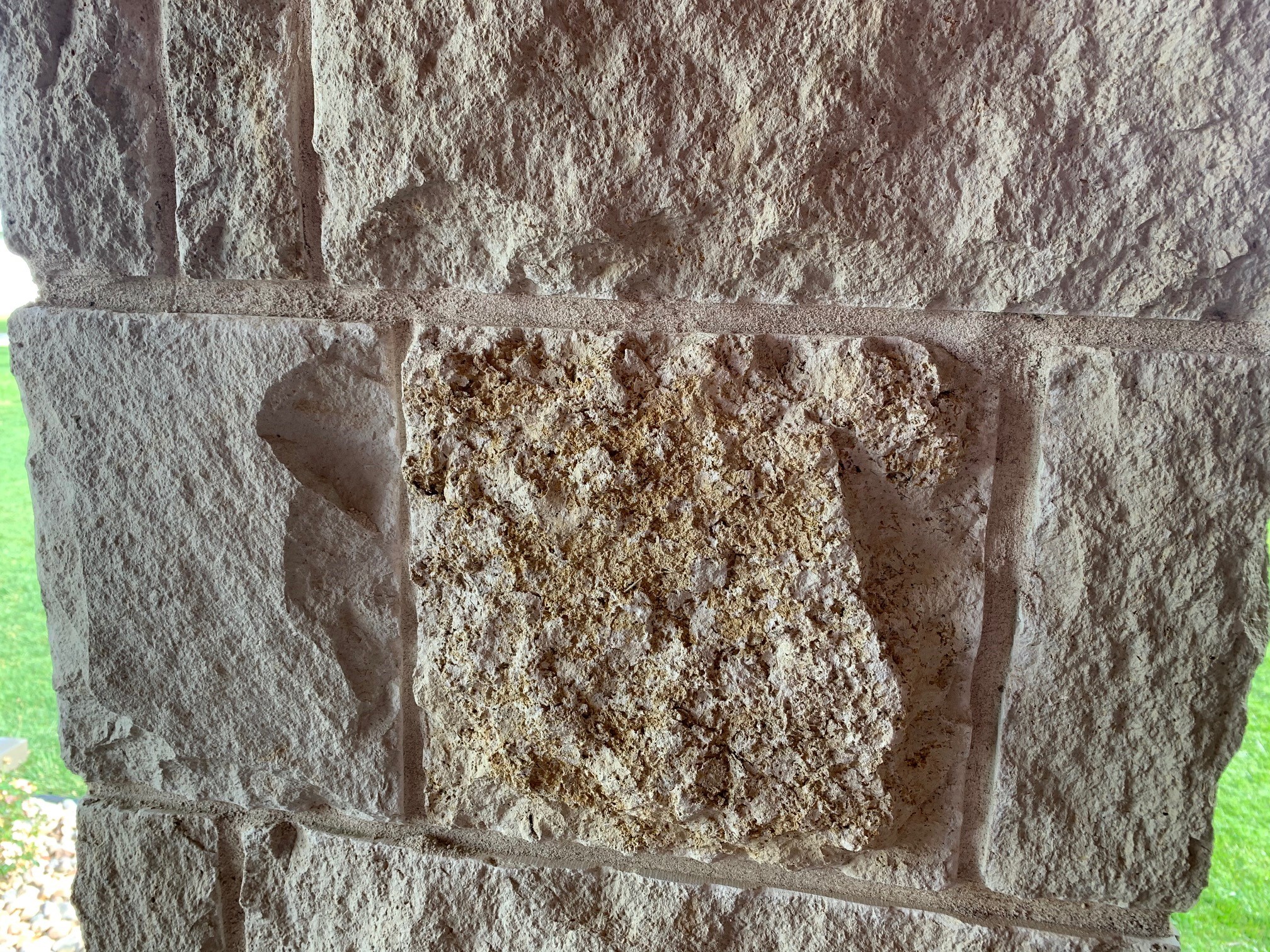
If you are looking for fossils, the Flint Hills is a perfect place! Places where you can see exposed rock coming up through the soil are best. The Tallgrass Prairie Preserve or Flint Hills Discovery Center are great places to visit to learn more about this.
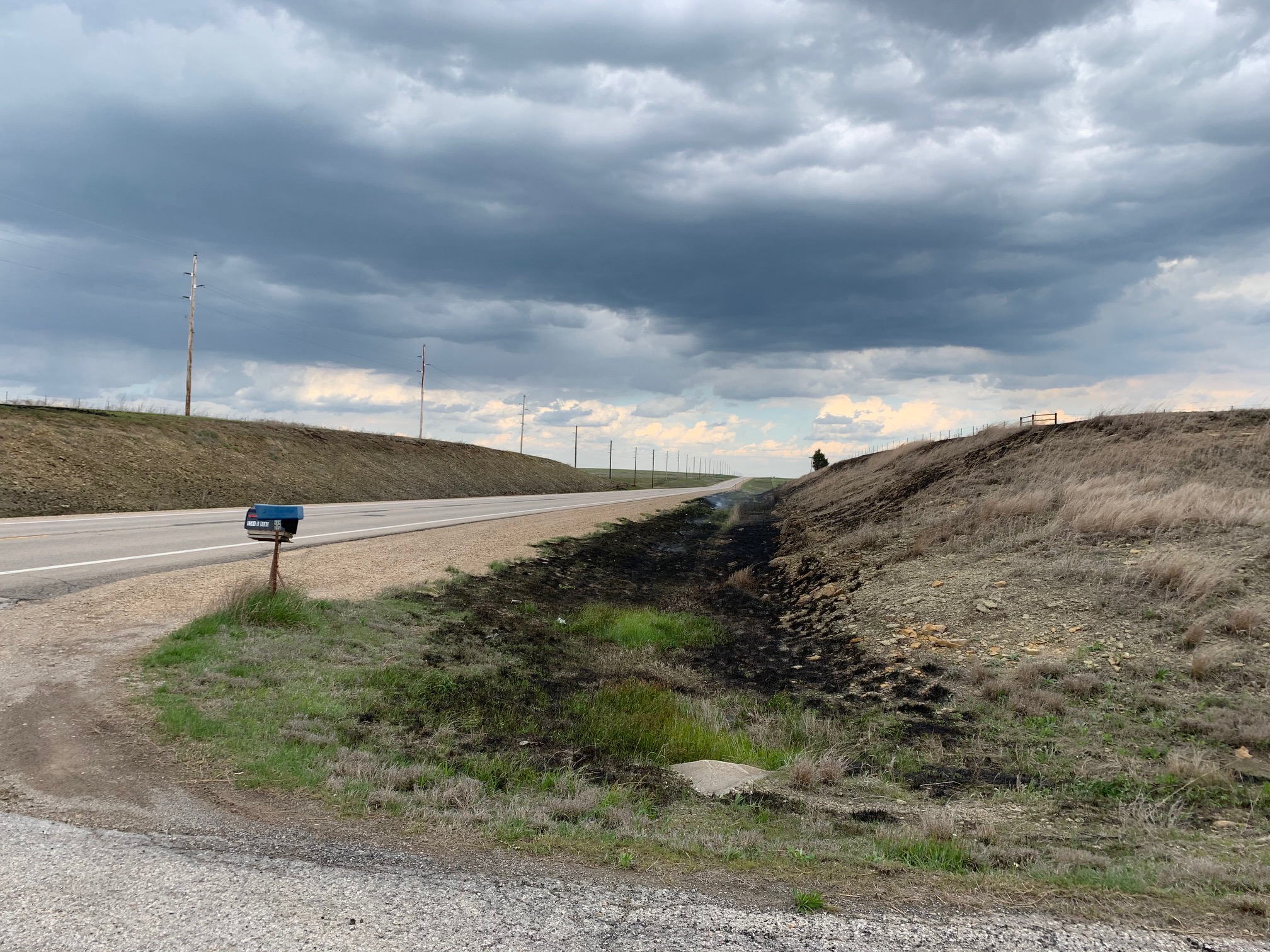
Dinosaur Bones in Kansas
If dinosaur bones are more to your fossil search liking, the Smoky Hills are more the region that you should hunt. This is a much more intense search, but check out the University of Kansas Geological Survey for details about the dinosaurs that roamed prehistoric Kansas and locations.
Hunting for Shells in Kansas
Shell hunting in Kansas seems strange, I realize, when you think of shell hunting, you picture a white sandy beach next to the ocean. But they are actually all over eastern Kansas! Along streams, creeks and lakes, freshwater mussels shells can be found.
Mussels are important to the ecosystem in Kansas, they help improve water quality. Kansas is home to 40 species of native freshwater mussels according to A Pocket Guide to Kansas Freshwater Mussels. This awesome guide (which is a PDF and printable!) has photos of different species of mussels and the bodies of water in which to find them.
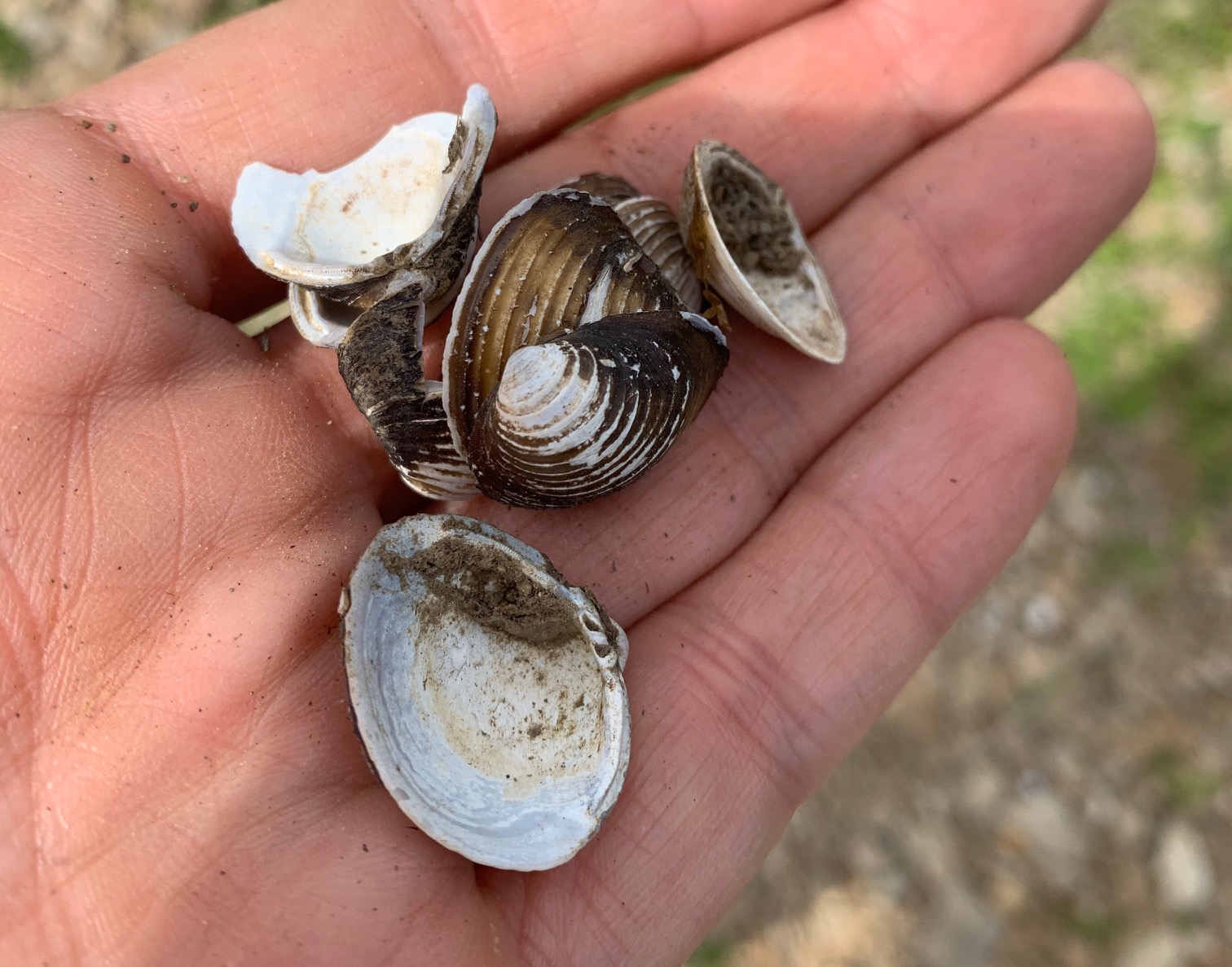
Along the banks of these waterways you can find shells, in some cases lots of shells of these mussels. Some of these shells are new, others up to 50 years or so old. (To find the prehistoric shells you need to look to the limestone!)
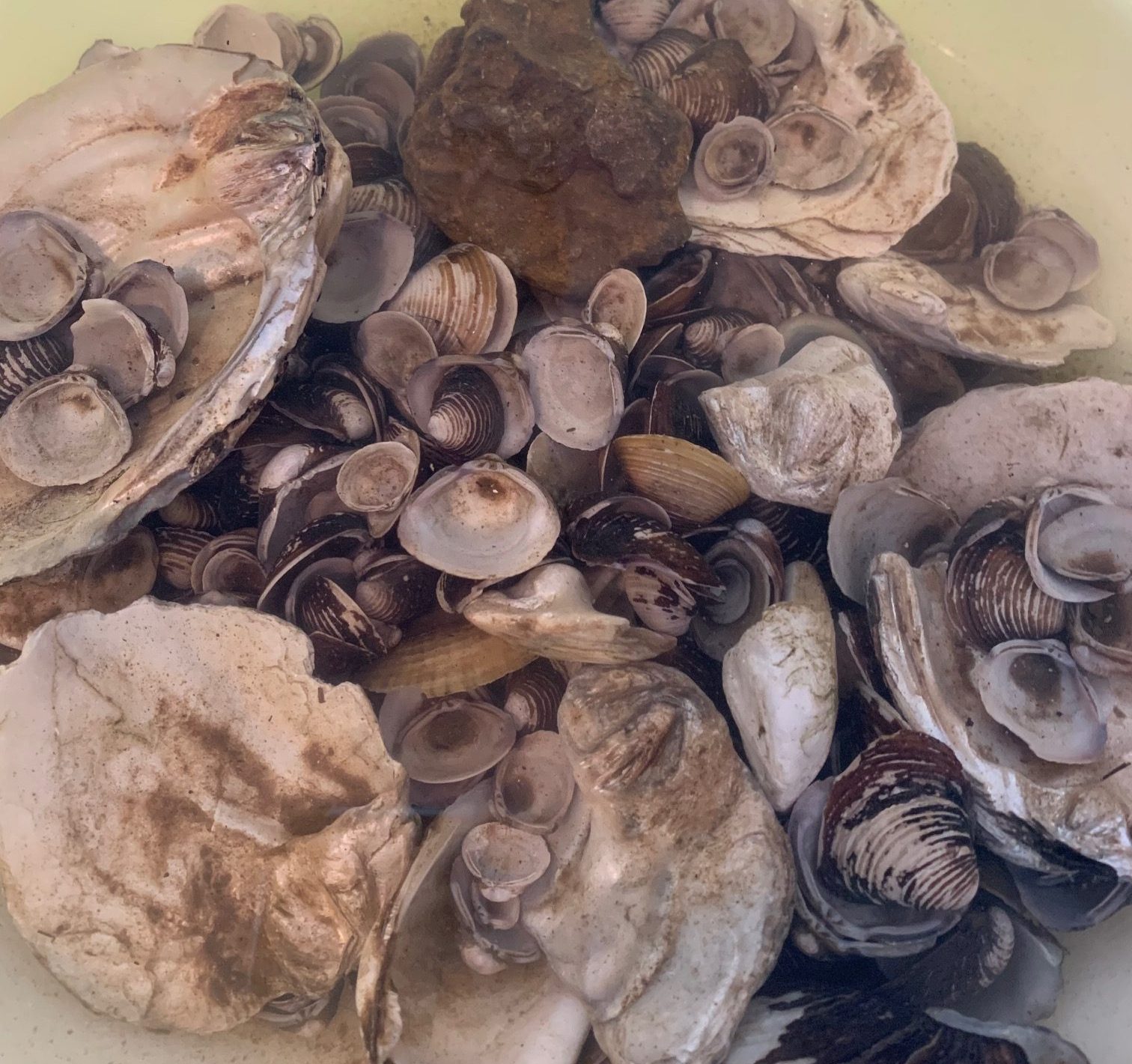
If you are looking for something to do with your favorite prehistoric lover or beach bum this might be a fun outing or two if you are looking to get out of the house and can’t travel. From Wichita, the locations of shells and fossils are closer than you’d think.
For a quick trip, find a building downtown, house in your neighborhood or a landscaping store and check out their limestone for sea life…could be in your own backyard!
Happy hunting!















